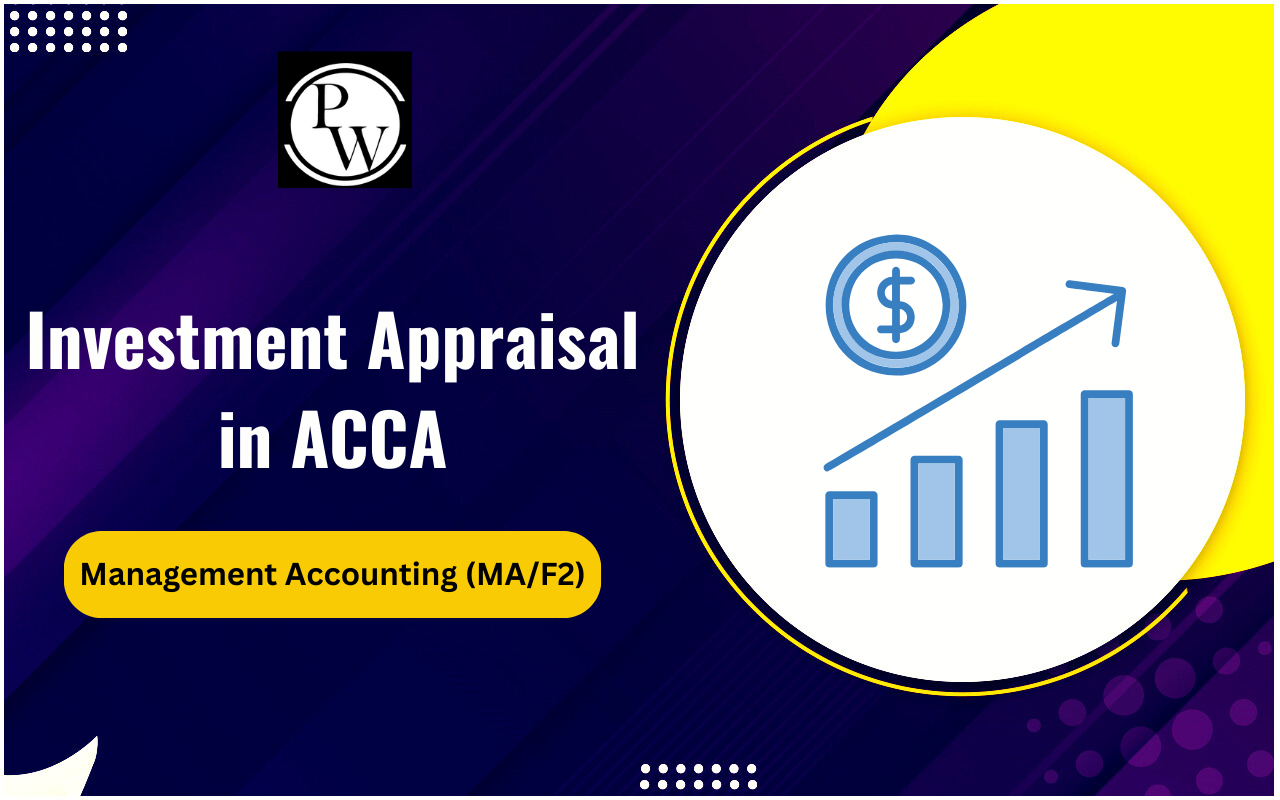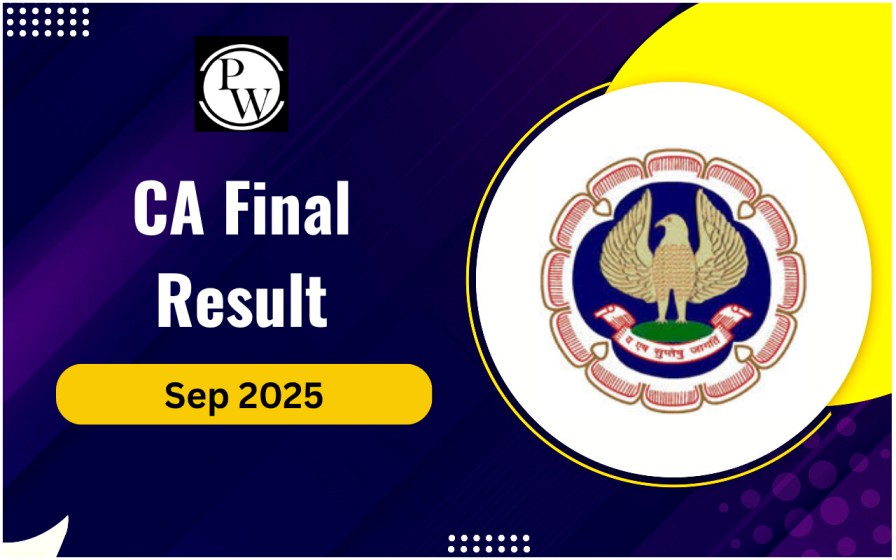
Business Strategy Formulation involves carefully studying both the inside and outside of a company, crafting clear goals, and planning solid strategies. This process relies on thorough research to make practical plans that guide the company toward steady growth and triumph.
Strategy formulation is a crucial step in managing a company's direction. It means setting clear goals and figuring out how to reach them. This includes looking at what the company does well and where it could improve, as well as opportunities and challenges in the market. It's about pulling together insights from different parts of the business, like marketing and finance, to come up with strategies that match the company's mission and vision. The main aim is to get ahead of the competition and keep growing in a way that ensures the company's future success. In this article, you will learn about Business Strategy Formulation in detail for CA exams .What Is Business Strategy Formulation?
Strategy formulation, or long-term planning, involves defining an organization's mission, objectives, and tactics. It starts by assessing the current situation, matching external opportunities with internal strengths, and addressing external threats and weaknesses. The key is to balance opportunities with resources. Analytical tools like SWOT, VRIO, and PESTEL help dissect market dynamics and identify opportunities. This phase is crucial for aligning efforts and resources, promoting innovation and adaptability, and charting a path for long-term growth and success.Levels of Business Strategy Formulation
Strategy Formulation happens at different levels within a company. Each level looks at different parts of the company's goals and how it operates. Let's break down the main levels of strategy:Corporate-Level Strategy: This is the big-picture strategy. It's about deciding where the company is going overall. Top bosses make decisions about which businesses the company should be in and how to divide up resources. For example: Alphabet Inc., Google's parent company, is expanding beyond just search engines into things like self-driving cars (Waymo) and healthcare (Verily).
Business Level Strategy: This is about how the company plans to do well in specific markets. It's all about standing out from the competition by offering something special. For instance: Toyota sets itself apart by making reliable cars and leading the way in hybrid tech with the Prius.
Functional Level Strategy: This is about the day-to-day actions in different parts of the company, like marketing, finance, and operations. Everything they do supports the bigger business strategy. For instance: Coca-Cola's marketing team is working on a big ad campaign to boost the brand and attract younger customers.
| Also Check: | |
| Management Accounting | Financial Accounting |
| Auditing and Assurance | Taxation |
| Financial Management | Business Laws and Ethics |
Process of Business Strategy Formulation
The following is the process of Business Strategy Formulation:Defining What Matters:
First things first, let's talk about why your organization exists (mission) and where it aims to go (vision). Your mission is like your North Star, guiding what you do and why it matters. Meanwhile, the vision paints a picture of your dream destination. Together, they shape your culture, direction, and goals. Example: Think of Google. Their mission is to "organize the world’s information and make it universally accessible and useful," while their vision is of "a world where information is accessible and useful" to everyone.Setting Targets:
Once you've got your mission and vision clear, it's time to set some goals that align with them. These goals should be Specific, Measurable, Achievable, Relevant, and Time-bound (SMART). They act as milestones guiding your journey and keeping you on track. Example: Imagine a startup aiming for a 20% market share in its niche within the first five years. This goal matches its mission to lead the industry and its vision to bring innovation.Planning Your Moves:
Now, let's brainstorm strategies based on your strengths, weaknesses, opportunities, and threats (SWOT). This step lays the groundwork for what comes next and ensures your strategies are rooted in a solid understanding of your environment. Example: Look at Amazon. They're using their tech and logistics skills to expand into new markets and products.Choosing Wisely:
Once you have your strategies, it's time to evaluate them. Consider their feasibility and how well they'll help you reach your goals. Then, pick the best one for implementation. Example: Netflix chose to invest heavily in original content to stand out in a crowded market after careful evaluation.Putting Plans into Action:
With your strategy chosen, it's time to plan for implementation. Define roles, set timelines, and allocate resources carefully. This plan will be your roadmap for what happens next. Example: Think of Tesla meticulously planning the rollout of its electric vehicle charging infrastructure, including partnerships and budgets.Making It Happen:
Now comes the exciting part—putting your plans into action. Mobilize your resources, adjust as needed, and keep moving forward. This step turns your vision into reality. Example: Starbucks is expanding globally by opening stores in new countries and adapting its menu to local tastes.Keeping an Eye on Things:
Continuous monitoring is key. Keep track of how your strategy is performing, making adjustments as you go to stay aligned with your goals and the market. Example: Coca-Cola watches its marketing campaigns closely, tweaking them based on feedback and trends.Listening and Learning:
Feedback matters. Gather input from different sources to fine-tune your strategy. This keeps it relevant and effective as the market evolves. Example: Apple listens to user feedback to improve its iOS software over time.Checking In:
Periodic reviews are essential to ensure your strategy is still on track. Assess its effectiveness and make any necessary changes. This keeps you moving forward towards success. Example: Samsung regularly reviews its smartphone strategy to stay competitive.Business Strategy Formulation FAQs
What is Business Strategy Formulation?
Why is Business Strategy Formulation important?
What are the levels of Business Strategy Formulation?
What tools are used in Strategy Formulation?
How can I implement Business Strategy effectively?









